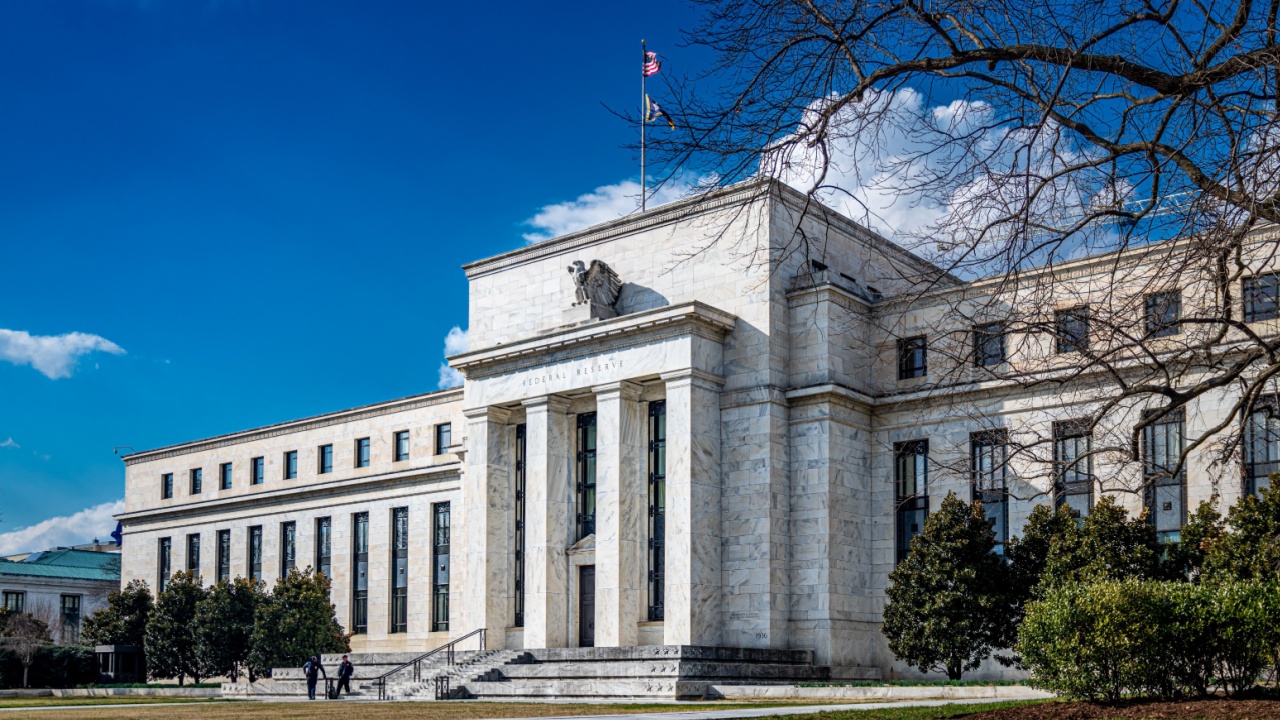Research shows that Antarctic ice shelves are in grave danger and now there is more bad news.
As well as previously documented threats to the Larsen C and Larsen B ice shelves, scientists are now reporting that a number of glaciers in the Southern Antarctic Peninsula are also at risk. A team of researchers led by scientists from the University of Bristol, in the United Kingdom, have reported that a number of glaciers are in retreat.
Peninsula melting in the same way as other areas of Antarctica
The team concluded that “a major portion of the region has, since 2009, destabilized,” based on satellite and gravity measurements. The melting of the glaciers is responsible for “a major fraction of Antarctica’s contribution to rising sea level.”
It is thought that the change is caused by warmer waters now lapping the base of submerged ice shelves and melting them from below. These ice shelves hold back massive glaciers behind them.
A similar phenomenon is thought to be responsible for melting ice shelves in West Antarctica. “This is one of now three really quite substantial signals that we’ve seen from different parts of West Antarctica and the Antarctic peninsula that is all going in the same way,” said study co-author Jonathan Bamber of the University of Bristol.
Rate of change worries researchers
Particularly worrying is the fast pace of the change, and researchers claim that there has been “a remarkable rate of acceleration in dynamic mass loss since about 2009 that must have been near-simultaneous across multiple basins and glaciers.”
The instability of the glaciers may now lead to a sustained rate of rapid change due to local geological factors. The paper claims that the peninsula is currently contributing around 0.16 millimeters to sea level rise per year. The global total is between 2.6 millimeters and 2.9 millimeters, which means that the peninsula is an area of grave concern.
Total sea level rise also comes from Greenland and other areas of polar ice, as well as the thermal expansion of sea water. However the peninsula could potentially contribute 20 centimeters to sea level rise should all of its ice be lost, a process that could take “multiple decades to centuries.”
Although the peninsula could contribute significantly to global sea level rise, the main worry is the melting of West Antarctica and East Antarctica, whose ice could boost sea level by a matter of meters, not centimeters.










